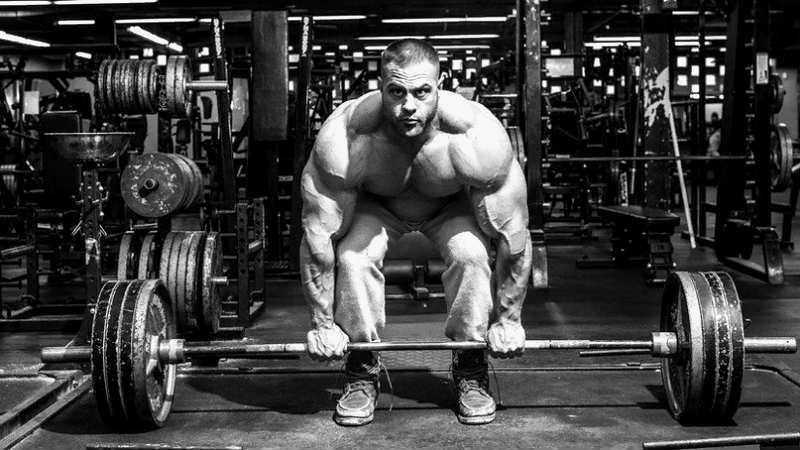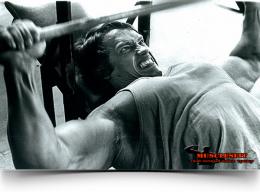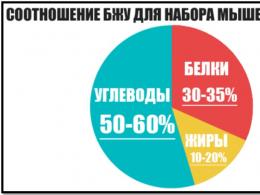What is load progression in bodybuilding?
Load progression is the most important condition for the development and achievement of high results in any speed-strength sport, and bodybuilding is no exception. Indeed, in order to increase their strength and endurance, we need a progression of loads. Unfortunately, many strength training enthusiasts are not fully aware of what load progression is in bodybuilding, what are the ways of load progression and how to apply them correctly in practice. You will learn about all this by reading this article to the end.
What is load progression in bodybuilding?
The very term "load progression" fully reveals its essence - a gradual increase in loads, which ensures forward movement, the development of those qualities of an athlete that he trains. For example, if today in training you increased, or performed more repetitions or approaches, this is the progression of loads.
There is no doubt that the principle of load progression is key in bodybuilding, powerlifting, crossfit and other speed-strength sports. Without the implementation of a constant increase in loads, you are unlikely to be able to build more muscle mass, increase strength or endurance. You simply will not develop as an athlete and will never achieve the desired result. It suits you? I doubt it very much.
Before you ask why your muscles are not growing, open your training diary and analyze your progress at least over the past few months. How much have your working weights increased? If you regularly perform the same exercises, with the same weight, number of repetitions and approaches, then your muscles do not receive an incentive to grow. Muscle growth is an adaptation to the constant increase in training loads. That is why the progression of loads in bodybuilding is of key importance.
Progression is especially important for natural athletes who do not use anabolic steroids. It is the factor on which the further development of strength and muscle mass depends. No progression of loads - no muscle growth. Everything is simple. However, as mentioned above, many novice athletes do not quite correctly apply the principle of progression of loads in bodybuilding, relying only on increasing working weights.
At the same time, you do not need to try to add in working weights at each workout. This approach inevitably leads only to injuries and overtraining, you will not even have time to reach your physiological limit. Undoubtedly, an increase in working weights is necessary. This is perhaps the best and most important among the methods of progression of the load for natural as well as beginner athletes. However, he is far from the only one and you should not constantly get hung up only on him. 
Load progression methods
There are different ways or types of load progression that are used in bodybuilding by athletes of different levels. However, it is best to progress the load:
- increase working weights in exercises;
- increase the number of repetitions;
- by increasing the number of approaches;
- cutting and exercising;
- increase the volume of your workout.
It is worth noting that progressing the load is permissible only after full recovery after training. In the event that you have not recovered from the previous workout, you must either transfer the workout to the next day, or do a light workout without increasing the load.
In addition, you should not use all methods of increasing the load at the same time. For beginners, it is enough to stop at a gradual increase in working weight and / or the number of repetitions. Over time, you can add additional sets, reduce rest time, increase training volume by introducing additional days in, etc. To do this, you will need to keep a training diary, with which you will be able to track and analyze your training progress.






